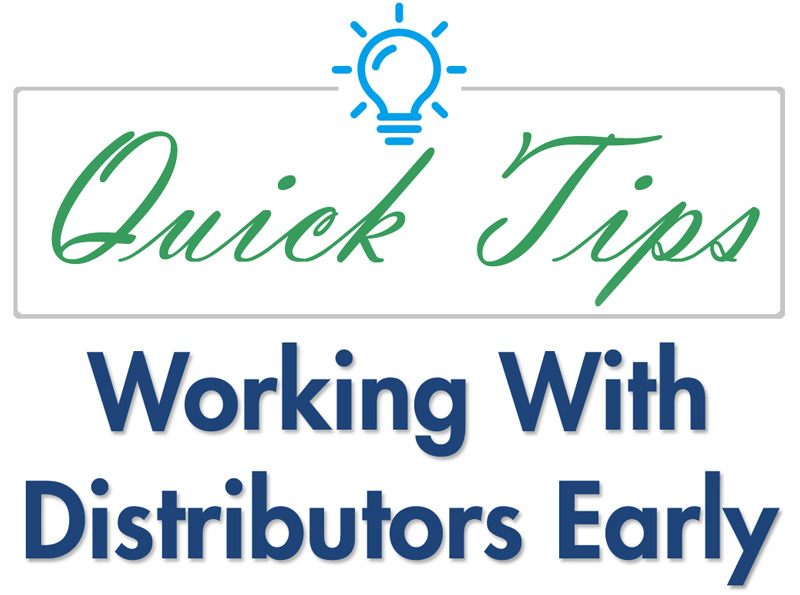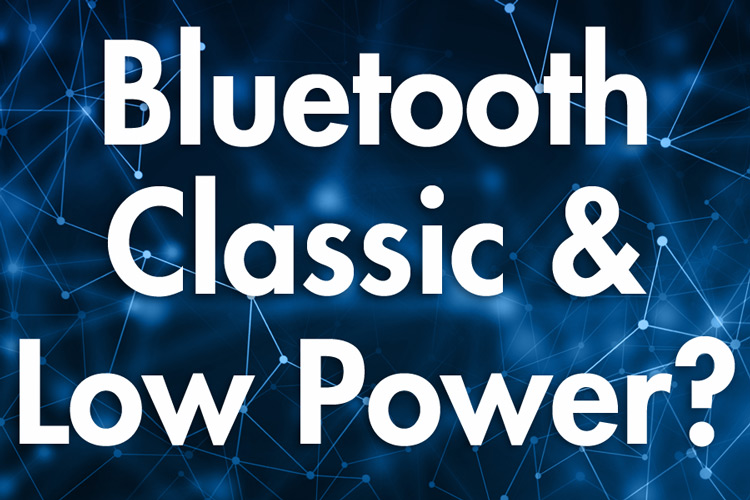- Home
- Symmetry Blog
- Why Blockchain and the Internet of Things (IoT) Belong Together | Symmetry Blog
Why Blockchain and the Internet of Things (IoT) Belong Together | Symmetry Blog
About Tyler Wojciechowicz
Blockchain technology and the Internet of Things (IoT) - two trending technologies changing the electronics industry. Here is how the two work together.
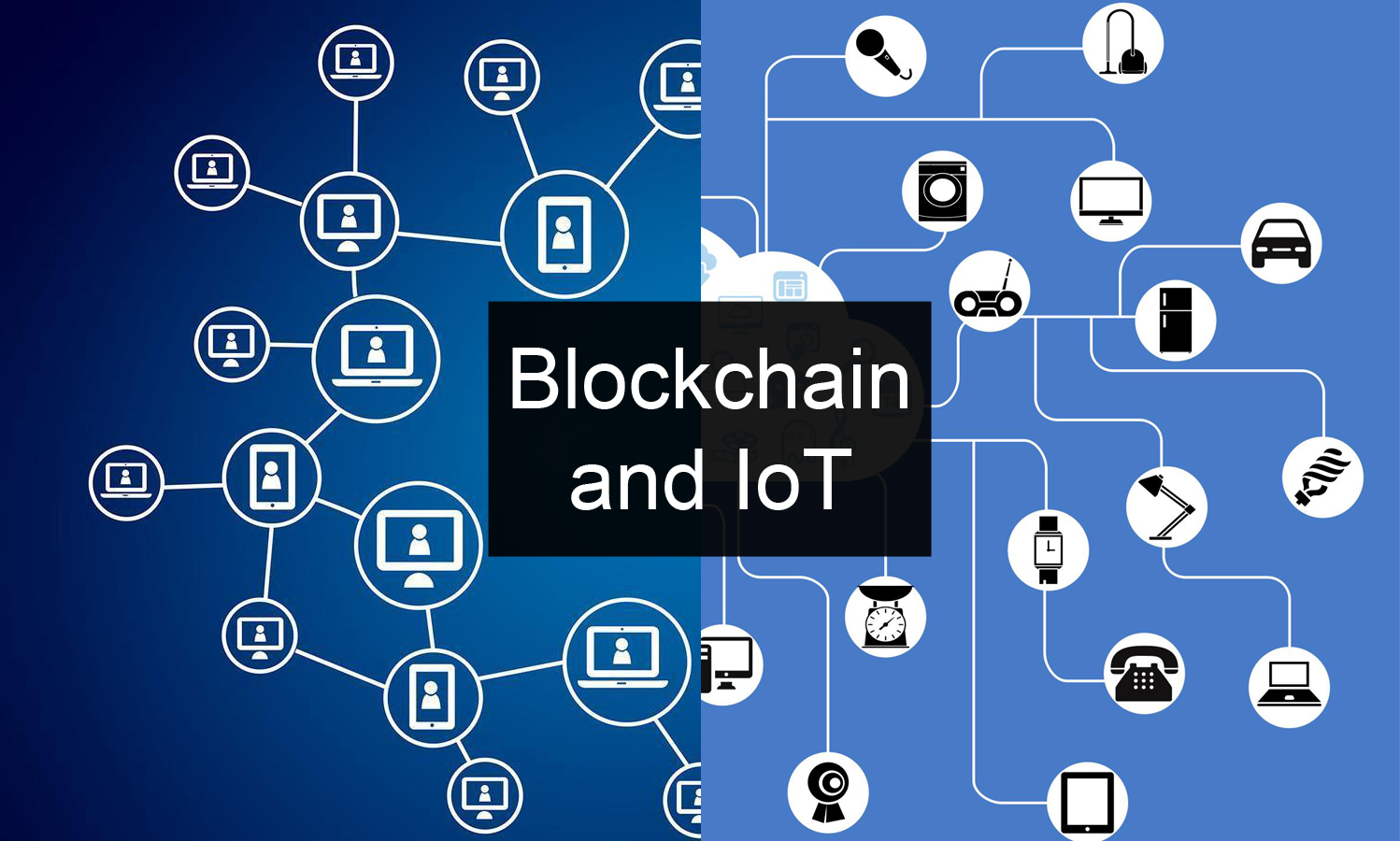
The Internet of Things is grabbing headlines for its use in business and industrial applications. An IDC study puts IoT spending at $6 trillion between 2015 and 2020, and more industries are incorporating IoT into their everyday applications.
Meanwhile, the blockchain is having its own surge in popularity, as more industrial manufacturers understand how to use it to enhance businesses. According to a Gartner study, blockchain technology will add $3.1 trillion in business value by 2030. We’re seeing exponential growth for both blockchain technology and IoT in the marketplace, and that’s just the beginning.
The most exciting development is how these two technologies come together. Due to the nature of blockchain and IoT technologies, the two are an obvious match. Combining them unlocks a series of possibilities that could propel the next big thing.
But if the blockchain only brings up thoughts about bitcoin, then it may not be entirely obvious how blockchain technology enhances the Internet of Things.
So how do blockchain and IoT fit together? Keep reading to find out.
What is the Internet of Things?
The Internet of Things (IoT) is the network of physical devices, vehicles, home appliances and other items embedded with electronics, software, sensors, actuators, and connectivity that enables these objects to connect and exchange data with each other. Each “thing” is uniquely identifiable through an embedded computing system but can interoperate with the existing Internet structure.
A few examples of IoT applications include smart home devices like the Amazon Echo, wearables like fitness trackers, patient tracking in healthcare, self-driving cars, and the thousands of connected devices in manufacturing, agriculture, and asset tracking that help industries operate more efficiently.
What is Blockchain?
Blockchain is a continuously growing list of records, called blocks, linked together and secured from tampering and revision using cryptography. Each block contains a link to the previous block, a timestamp and transaction data. By design, a blockchain is inherently resistant to data modification.
A blockchain is typically managed by a peer-to-peer network collectively adhering to a protocol for validating new blocks. Once recorded, the data in any given block cannot be altered retroactively without the alteration of all subsequent blocks, which requires collusion of the network majority.
Harvard Business Review defines blockchain as “an open, distributed ledger that can record transactions between two parties efficiently and in a verifiable and permanent way.”
In order to fully understand blockchain and how it relates to IoT, you need to understand the differences between three types of network ledgers.
Three Types of Network Ledgers: Centralized, Decentralized and Distributed.
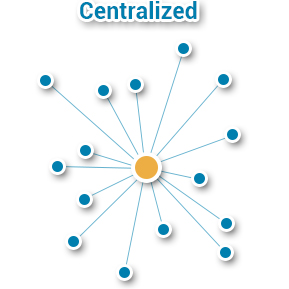
Centralized Ledger = One Central Hub
By definition, centralization is “the concentration of control of an activity or organization under a single authority.” Likewise, centralized ledgers have one hub or server, and every other node in the system is a slave or client.
One advantage of a centralized system is the ability to quickly relay information without having to worry about data contention. Since all of the information is centralized in one place, updates are made in the sequential order that they arrive to the hub. Another advantage of a centralized system is that all transactions are controlled and governed by a single entity. This gives that single entity the ability to unilaterally control the rules of participation.
There are also many disadvantages to a centralized system. The reliance on a center hub of information makes the system vulnerable to a single point of failure; if the central hub fails, the entire system is compromised. Centralized control can also lead to abuses of power and plausible deniability.
Because centralized ledgers are not secure by design, security must be added onto the system as a separate entity. Centralized ledgers are therefore not as resilient as ledgers that are built to be secure from the ground up, as is the case for decentralized and distributed ledgers.
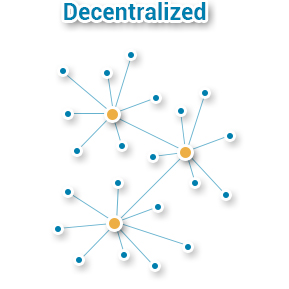
Decentralized Ledger = Multiple hubs
In a decentralized ledger, there is no central storage. Instead, multiple centralized hubs or servers are connected to one another, providing information to the connected claves or clients. The failure of one hub does not compromise the entire network, but only affects the nodes linked to the failing hub. These nodes are then cut off from the rest of the network.
As the number of hubs increases, sensitive information is more spread out across the system, making decentralized ledgers more resilient to attacks than their centralized counterparts. However, backups are still required and decentralized ledgers have costly gateways and middlemen. Likewise, if the ecosystem’s leadership is composed of corporations or government entities, they could collude in ways that benefit themselves while harming the other users.
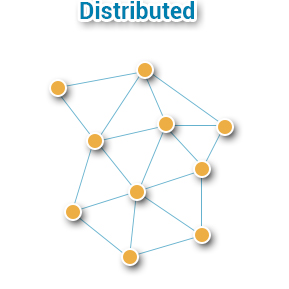
Distributed Ledger = No Central Hub, Each Node is Self-Sufficient
A distributed ledger is an asset database that can be shared across a network of nodes. The database is consensually shared and synchronized across the network, and all participants within the network have their own identical copy of the ledger. Assets stored on the ledger are authenticated and authorized with every transaction. By verifying each transaction through this topology, these public “witnesses” help make the ledger more resistant to cyber attacks and fraudulent activity.
In order for a transaction to be posted on the ledger, every node on the network independently verifies that transaction and reach their own conclusion about whether the transaction is valid The conclusions from each node are gathered as “votes”, and only once a majority consensus is reached can the distributed ledger be updated. All nodes then maintain their own identical copy of the ledger. Since records are not shared among various nodes, the architecture allows for greater dexterity compared to a centralized or decentralized ledger.
A distributed system increases in resilience and availability as more nodes are added to the ecosystem. It also works with intermittent connectivity, which means nodes can fail or become compromised in some way, while not disrupting the operation of the system as a whole. In this way, the ledger is immutable and assets cannot be modified after they are confirmed on the blockchain, creating a resilient system of information exchange.
Blockchain Enhances the Capabilities of IoT
The number of IoT devices introduced to the market is growing exponentially, yet they often lack authentication standards necessary to keep data protected. This is especially an issue for data-heavy industries like logistics and healthcare, which rely on infrastructure that is scalable, reliable and secure.
Blockchain helps fulfill this need for security by (1) providing assurances that the data is legitimate, and (2) defining the process that introduces new data to the network.
The way data flows from sensors to embedded processors can change the way critical infrastructure is managed, so it is important for the process to be well-defined, and adding blockchain solves this issue. The result is a more scalable, reliable and secure IoT infrastructure.
Perhaps the most important benefit of the blockchain in IoT is securing data from being compromised. As more IoT devices are added to the ecosystem, vulnerable points of entry also increase. In a traditional IoT system, a security breach could disrupt the supply chain and the community as a whole, but adding blockchain technology helps isolate these attacks, making IoT more secure against wide-scale compromises of data.
Using blockchain solves many common security and trust challenges within the IoT marketplace:
- Blockchain can be used to track and log sensor data measurements while preventing unauthorized duplication of malicious data.
- IoT device identification, authentication and data transfer are all seamless within a distributed ledger architecture.
- IoT devices can exchange data through a secure and trusted blockchain rather than a third-party governing entity.
- IoT devices are protected from data tampering due to blockchain’s native cryptographic processes.
- Initial deployment and operation costs of IoT devices are reduced through blockchain since there is no intermediary.
- IoT devices are directly addressable within the blockchain, providing a history of connected devices and their data for troubleshooting and analytics purposes.
In addition to security benefits, blockchain technology also improves cost-efficiency in a system. Blockchain smart contracts can automatically activate when a specific condition is met, enabling device autonomy and removing technical bottlenecks and inefficiencies, without needing human intervention.
The applications of blockchain in IoT are endless, disrupting existing processes across a variety of industries, including the financial sector, trading, shipping, healthcare, automotive, manufacturing, industrial, agricultural, and building automation.
Examples of Blockchain Applications in IoT
Smart sensors are the bread and butter of IoT. By using smart contracts on the ledger, remote systems can be managed autonomously for seamless operation. A combination of IoT sensors and software facilitate a dynamic exchange of data between objects and mechanisms, resulting in greater system efficiency and improved cost monitoring.
The integration of smart sensors with blockchain changes every industry within IoT, including many of the examples listed below:
Equipment Operations and Maintenance
From agricultural heavy machinery to elevators, blockchain provides operational data and maintenance records that are highly resistant to tampering or forgery. Using IoT devices, businesses can effectively track the state of safety-critical machines and their maintenance records. Rather than written maintenance scheduling and manual record keeping, third-party maintenance workers can monitor preventive maintenance and update maintenance records on the blockchain. Operational records can then be shared with governing entities to verify compliance.
Logistics and Transportation
Logistics and freight transportation can also be improved with blockchain and IoT. Since freight transportation is a complex process involving different parties with different priorities, an IoT-enabled blockchain allows the freight to be tracked by all entities to ensure transparent and timely delivery. Positioning can be monitored to facilitate arrival times and status of cargo, while temperature, orientation and vibration sensors ensure that proper handling procedures have been maintained throughout the process.
The distributed ledger enhances the system by providing all parties with key information to ensure product is moved efficiently. The indestructible nature of blockchain guarantees accuracy and legitimacy.
Self-Driving Cars
Self-driving cars are becoming more popular in today’s society, but the servers required to run self-driving cars are maintained by the same company that owns the car (e.g., Google, Uber). By using a blockchain-based service, individuals could form an agreement to collectively purchase a self-driving car and share its use and maintenance without a governing company.
This group could then form contracts with other groups to split the use of the vehicle, in exchange for compensation. The group can set their own rules and enforce them using any standards they select. For example, the group could enforce a maintenance check-up that each individual must fulfill at least once a year. If the requirement is not met, then the car wouldn’t unlock for that individual.
Solar Energy
There is an ongoing experiment in a community within Brooklyn, NY, where a blockchain is used to record the production of solar energy and enable the purchase of excess renewable energy credits. The connected network, known as a “microgrid,” distributes energy resources to improve electrical grid resiliency and efficiency. Best of all, the microgrid can operate independently from the larger grid during power outages and emergencies.
With this “connected” solar grid, people can aggregate purchasing power, share the burden of maintenance and trust that devices are recording actual solar production viewable on the blockchain. This encourages the community to invest in local renewable energy and take ownership of how electricity is shared.
Beyond the Network: Blockchain-IoT Hardware
A new startup by the name of Filament is building blockchain hardware and software solutions for the enterprise and industrial IoT market. The new Filament Blocklet Chip is a low cost, IoT-optimized Trusted Execution Environment with small footprint and less than coin-cell power requirements. The Blocklet Chip runs specific software to secure contract systems and manage a cryptographic chain-of-custody - from individual components to PCB assembly, product manufacturing, customer delivery and on-site provisioning. This startup aims to provide security, privacy, device autonomy, fully decentralized communication, and a free exchange of value. With IoT and blockchain technologies expanding across all industries, there is no doubt more players like Filament will soon enter the market.
Conclusion
Without a doubt, blockchain and IoT represent the largest technological disruption since the integration of computing and transaction processing systems. The applications of the two technologies would be so impactful to our society, it would be hard to imagine a future without blockchain and IoT heavily integrated into our daily lives. Few other technological advancements in the last decade are projected to impact our lives as much as these two technologies.
One could only wonder what’s next.


